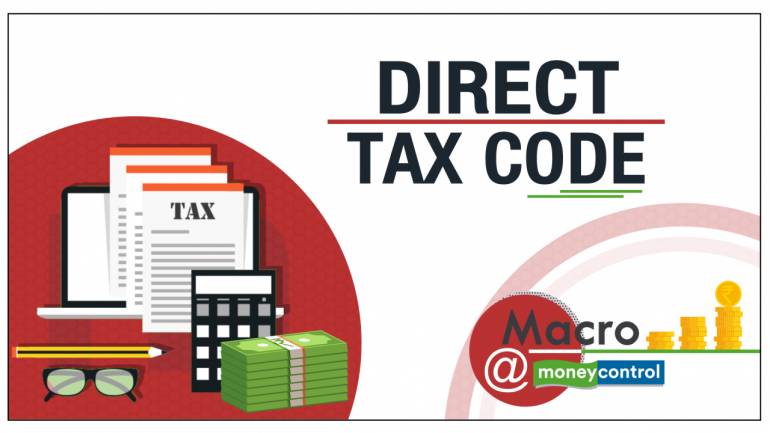The Direct Tax Code or DTC was mainly drafted to replace the Income Tax Act of 1961. The main aim of DTC is to establish a more equitable, effective, and efficient direct tax system. DTC was also drafted to amend and stabilize all laws that are related to direct taxes so that the tax-GDP ratio increases and voluntary compliance becomes easy.

Features of the Direct Tax Codes
- All direct taxes have a single code: By bringing all direct taxes under one code, a single, unified taxpayer system can be brought into effect. All compliance features can also be unified under one code.
- Stability: Currently, based on the Finance Act of the relevant year, taxes are formed. However, under the Direct Tax Code, the tax rates are being made between the First and Fourth schedule of the DTC. Any changes to the schedule can be made by passing an Amendment Bill before the Parliament.
- Regulatory Functions are eliminated: Other regulatory authorities must handle all regulatory functions.
- Political contributions: 5% of the gross total income that can be deducted will be made towards political contributions.
- Flexibility: A law has been created so that changes and requirement to grow the economy can be accommodated without having to make amendments on a constant basis.
- Constant litigation problems have been eliminated: Special care has been put forth so that the code is not misused or misinterpreted in order to avoid contradiction and ambiguity.
- Fringe benefits tax: The tax is levied on employees rather than employers.
Advantages of Direct Taxes in India
- Economic and Social balance: The Government of India has launched well-balanced tax slabs depending on an individual’s earnings and age. The tax slabs are also determined based on the economic situation of the country. Exemptions are also put in place so that all income inequalities are balanced out.
- Productivity: As there is a growth in the number of people who work and community, the returns from direct taxes also increases. Therefore, direct taxes are considered to be very productive.
- Inflation is curbed: Tax is increased by the government during inflation. The increase in taxes reduces the necessity for goods and services, which leads to inflation to compress.
- Certainty: Due to the presence of direct taxes, there is a sense of certainty from the government and the taxpayer. The amount that must be paid and the amount that must be collected is known by the taxpayer and the government, respectively.
- Distribution of wealth is equal: Higher taxes are charged by the government to the individuals or organisations that can afford them. This extra money is used to help the poor and lower societies in India.